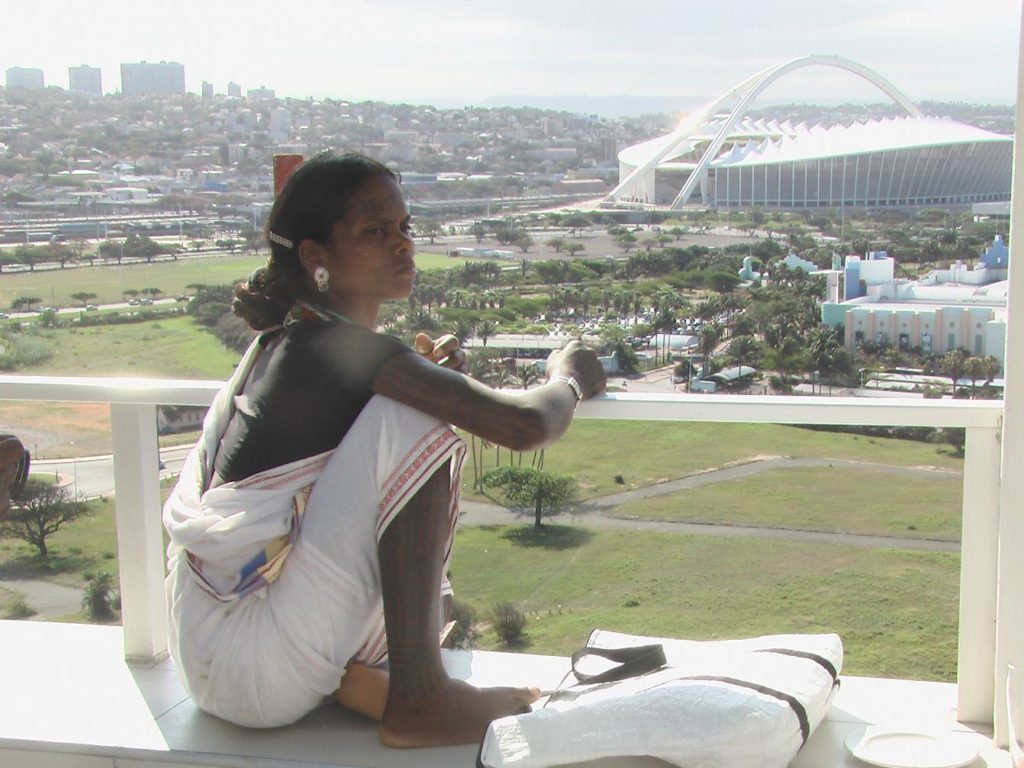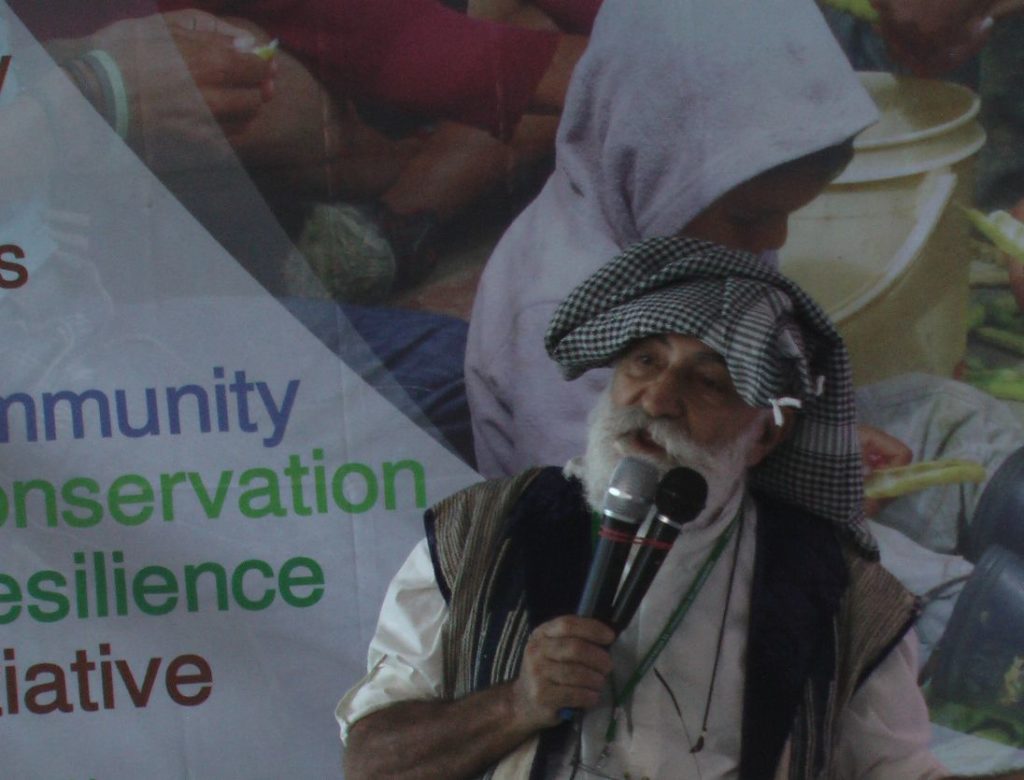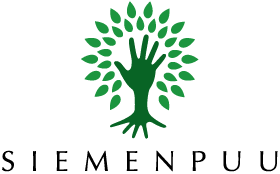[Ville-Veikko Hirvelä] On Wednesday 2nd of September the Fostering Community Conservation Conference, organised by Global forest Coalition in Durban started by summarising the results on previous evening’s discussions on possible solutions in respect to the threats the communities are facing.
As forest governance has been often built on colonial legacy of timber extraction, related plantation policy and laws on other extractive activities the governments and commercial actors form threats to community conserved areas by not recognising the rights of the communities or by violating such rights where they are recognised.
Customary laws need to be recognised
The Asia working group reported that we need to get the governments to recognise and respect the customary laws of indigenous peoples and local communities and be to be made legally accountable compliant to their international obligations and commitments.
We need to establish international civil society movement which monitors that the legal obligations and commitments of the UN Human Rights Conventions, Convention on Biological Diversity and other UN agreements, declarations and resolutions are fulfilled compliant to the legal interpretations which the authorised UN organs have made on these obligations and commitments in respect to the traditional. To secure justice and legal remedies against violations, also education on legal tools and methods on defending the recognised indigenous and traditional rights is needed for building campaigns, movements and community protocols on these rights.
Pro-active implementation of the indigenous and local community conserved areas needs to be taken by the communities themselves compliant to how these areas are maintained by their traditional rights of customary sustainable use of biodiversity since the bureaucracy does not have competence to implement or to even know what are the traditional and customary rights of the communities that have been recognised.

Where the states avoid the implementation of communities’ rights on customary sustainable use and conservation of biodiversity the international movement needs to be ready to do international advocacy and campaign efforts to support communities’ pro-active measures and non-violent civil disobedience to get their legal and justified rights implemented to conserve land, water, forest, air, their biodiversity and other commons.
Africa group recommended local practices to become defended by community governance and recognition of oral traditional knowledge. There is a need for dialogues between communities also to produce proper communication to change the mainstream misconceptions on communities destroying forests and to repeal the laws based on such misconceptions which neglect the rights of communities. Russia group highlighted the need for community-based economy and activity for biodiverse forests to be built also through exchange of knowledge on land and tenure rights.
Similarly the Latin American group had discussed how people need to get organised to defend their environment against its capture under the commercial control and against becoming displaced from their livelihoods by extractive industries, mining, dams, agribusiness, plantations and climate policies. There is a need for education on how community practices sustain biodiversity.
After these continental summaries a case study on Community Conservation Resilience Initiative was presented by friends from Paraguay where 80 % of the land is owned by 2 % of the people and nearly one sixth of the population lives within informal economy.
Millions of hectares of forests have been cleared for soy bean, other agribusiness and for charcoal which is burned also to keep the soybean dry. Such agribusiness leads not only to illegal forest destruction, infections and use of herbisides but also to increasing violence and impunity as the agribusiness is maintained and guarded by private armed groups.
Collective action needed to stop land captures
Via Campesina presented how it works to defend communities’ means and ways of life and their sovereignity on access to food and agricultural land. People’s collective action by peasant movement and other communities needs to restrict the land capture for exports by large corporations and local and global alliances and exchange of experiences are needed for this.
Another case study from Iran on Community Conservation Resilience Initiative was presented by Taghi Farvar, an Iranian indigenous nomadic confederations’ representative who had a diploma from one of the world’s top universities but who did not see academic understanding on land use as appropriate.

He presented how the academic interpretations of carrying capacity are illiteral on addressing the land use of nomadic migration and its carrying capacity. While the government has tried to stop nomads from migrating by guns, by money and by all means it has not managed because the renewal of biodiversity that the earth itself grows on those areas is something from which the nomadism has been adapted to live. He presented how nomads are the best conservers sustaining land and biodiversity renewal which needs the mobile tenure of nomadic migration where different phases of vegetation regrowth are used just at the time, at the place and to the extent that is sustainable while nomads are continuously moving from one area to the next.
Case study from Samoa was presented on how mangroves are threatened by business, residential settlements and contamination by lead and other toxic heavy metals. While mangroves are important for biodiversity and resilience and as a bio-shield against storms, waves and extreme weathers, now however 50 % of mangroves have been already destroyed resulting to beach erosion, loss of fish and other biodiversity and threat to food security.
After that we heard a presentation on the Community Conservation Resilience Initiative Methodology to build on indigenous peoples’ perspectives of their biocultural systems, community identity and traditional knowledge. Discussion was started on how communities would need to understand the used concepts and methodologies.
In the afternoon I participated in the Asia working group, which discussed that to change the colonially inherited regimes of forests set under government control, indigenous community conservation needs legal, economic, social and cultural incentives based on the specific characteristics of the indigenous and traditional rights.
On indigenous and traditional rights the authority to define their indigenous or traditional content comes from the indigenous or traditional community and cannot come from the modern expertise.
Ville-Veikko Hirvelä, 3.9.2015
Board member of the Siemenpuu Foundation
